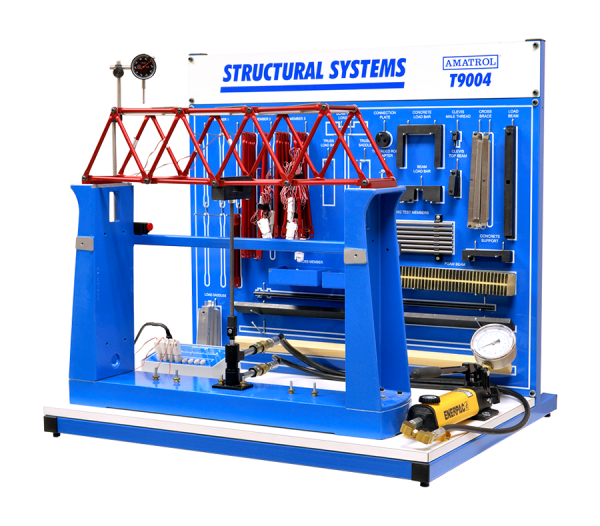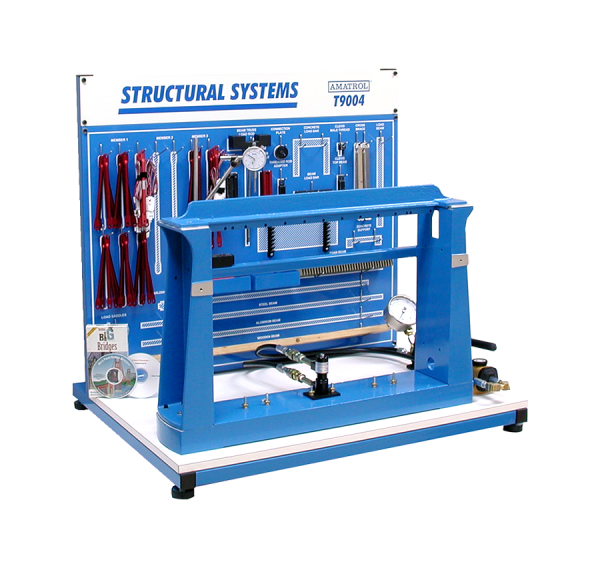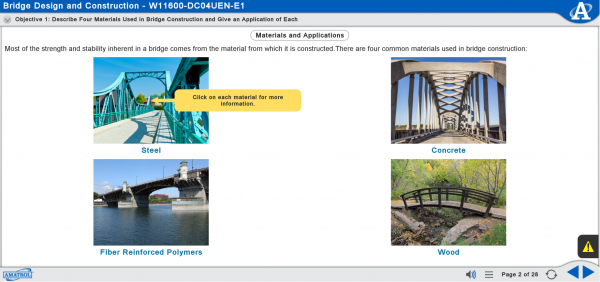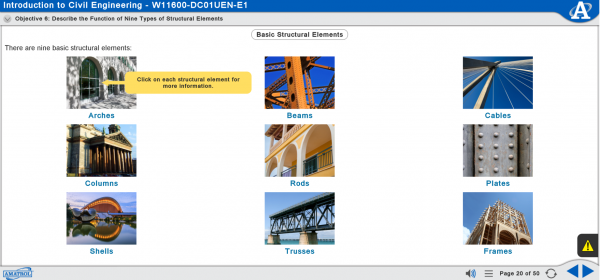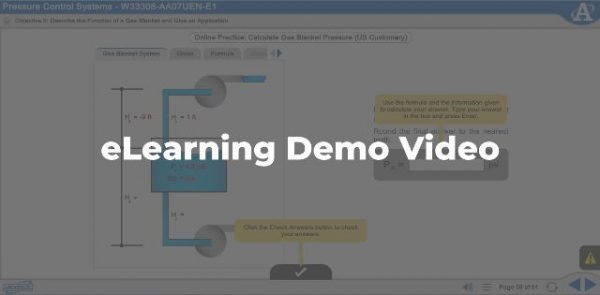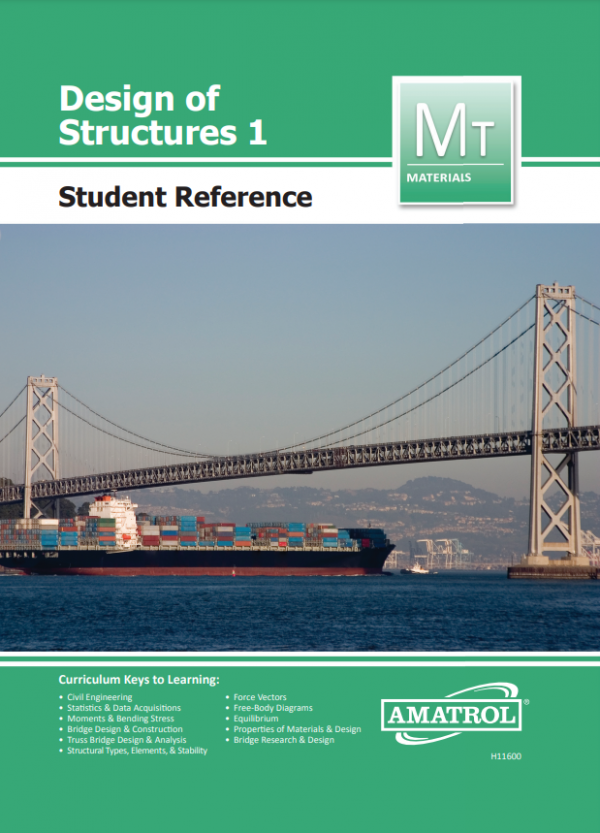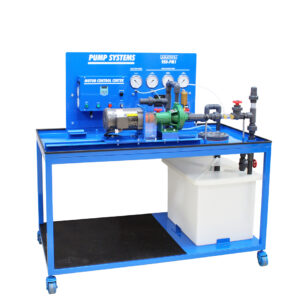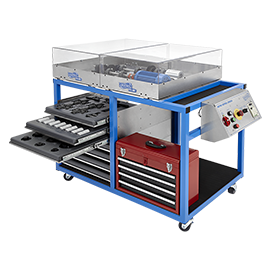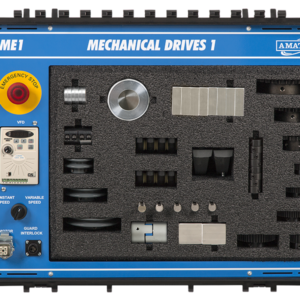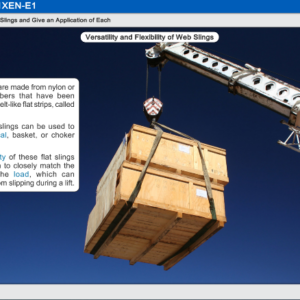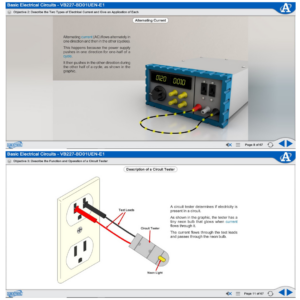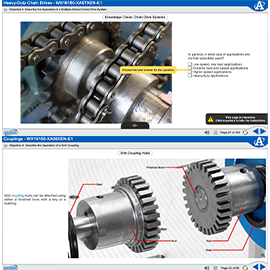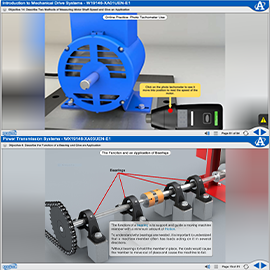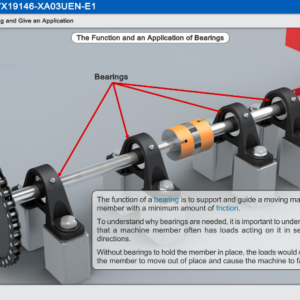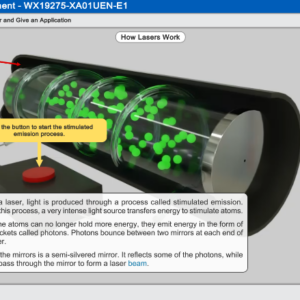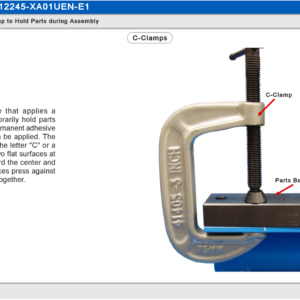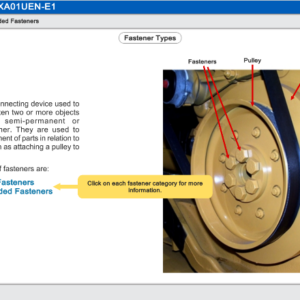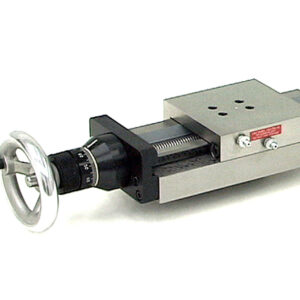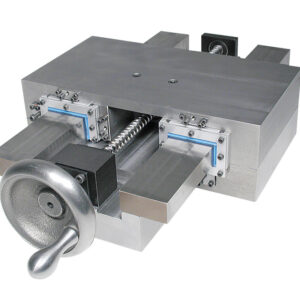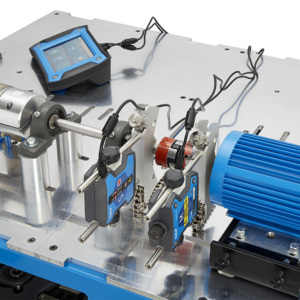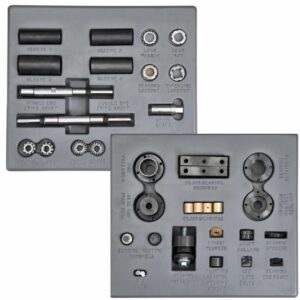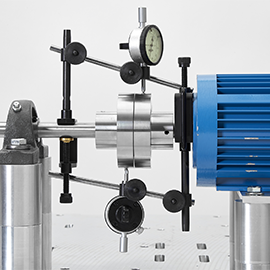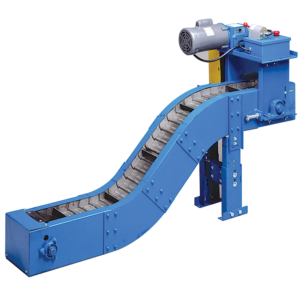
Requires:
- Computer (see Computer Requirements)
Utilities:
- Electric (100-240V/50-60Hz/1ph)
Options:
- Design of Structures 2 (94-DOS2)
- Design of Structures 3 (94-DOS3)
- Mobile Technology Workstation (82-610)
Amatrol’s Design of Structures 1 Learning System (94-DOS1) serves as an introduction to civil engineering and covers the design, construction, and analysis of structural designs, such as bridges, buildings, and tunnels. Design of structures introduces learners to the various roles that civil engineers can assume in the residential, transportation, and industrial fields. This system features world-class curriculum that intertwines theoretical lessons such as how to calculate the bending stress in beams with practical skills like building and testing a Warren Truss bridge.
The design of structures training system includes two bridge component sets that can be used to construct a variety of truss bridges, a beam component set to show how different loads affect beam stress, and a data acquisition system to test the stress on various components. These components will help learners to build skills that can be applied in the workplace, which is one example of how Amatrol transforms the global workforce one life at a time.

